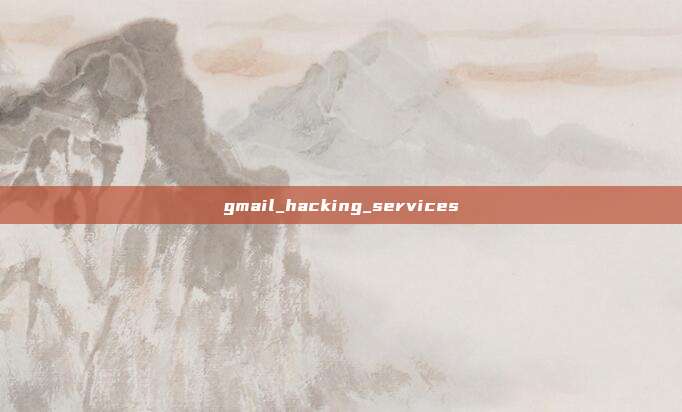Email Security Solutions: Safeguarding Against Unauthorized Access
In this detailed exploration, we focus on the crucial subject of email security and protection against unauthorized access, particularly centering on services like Gmail which have become integral to personal and professional communication. This article aims to highlight best practices and preventative measures to defend against hacking attempts and ensure your digital communications remain secure.Email Protection Strategies: Defending Your Inbox
Email systems, especially widely-used services like Gmail, are prime targets for cybercriminals. Protecting your inbox begins with understanding that the strength of your email security often dictates your susceptibility to hacking attempts. Implementing robust passwords, enabling two-factor authentication, and being vigilant about phishing scams are foundational steps. Regularly updating passwords and avoiding the use of the same password across multiple platforms can significantly decrease the chances of unauthorized access.

Advanced Security Features: Gmail's Defenses
Gmail offers several advanced security features designed to protect users from hacking and unauthorized access. Utilizing two-factor authentication adds an extra layer of security by requiring a second form of verification beyond just the password. Google also continuously monitors for suspicious login attempts or unusual activity, alerting users to potential security breaches. Educating yourself about these features and activating them can fortify your email account against attacks.
The Role of Encryption in Email Security
Encryption plays a pivotal role in safeguarding email communication. By encrypting emails in transit and at rest, sensitive information is made unintelligible to unauthorized individuals attempting to intercept it. Services like Gmail automatically encrypt emails. However, for added protection, users can explore end-to-end encryption options, where only the sender and recipient can decrypt and read the contents.
Recognizing and Responding to Phishing Attacks
Phishing scams are a common tactic used by hackers to gain unauthorized access to email accounts. These scams often come in the form of emails mimicking legitimate companies, enticing recipients to click on malicious links or disclose personal information. Being able to identify such fraudulent attempts is crucial. This involves skepticism towards unexpected email requests for sensitive information, verifying the authenticity of suspicious emails, and using email filters to block potential phishing emails.
Utilizing Anti-Malware Software and Regular Updates
Anti-malware software and regular updates to your operating system and applications are essential in email security. These tools can detect and eliminate threats, reducing the risk of hacking via malware or spyware. It is also important to keep your email client, browser, and security software up to date with the latest security patches and features.
In summary, safeguarding your Gmail or any other email service account demands a multifaceted approach that includes the use of strong passwords, enabling security settings like two-factor authentication, staying informed about phishing techniques, utilizing encryption, and maintaining your software and applications. Being proactive in these areas is key to protecting your digital communications from unauthorized access. ### Frequently Asked Questions: Q: How often should I change my email password to prevent hacking? A: It's recommended to update your password every three to six months and immediately after spotting any unusual account activities. Q: Is two-factor authentication really effective against hackers? A: Yes, two-factor authentication significantly increases account security by requiring a second form of verification, making unauthorized access much more difficult. Q: Can hackers bypass email encryption? A: While no system is entirely foolproof, encryption greatly complicates a hacker's ability to access email contents. Using end-to-end encryption offers the highest level of security. Q: What are phishing attacks, and how can they be identified? A: Phishing attacks trick individuals into revealing personal information or clicking on malicious links through deceptive emails. Warning signs include misspellings, requests for personal information, and suspicious sender addresses. Q: Are regular updates really necessary for email security? A: Absolutely, updates often contain critical security patches and enhancements that protect your email account from emerging threats.gmail_account_hacked_customer_service_number
Google Launches 'Email Masking' Feature to Help Users Hide Their Email Address
A brief discussion on the high availability design of service interfaces
ethical_hacking__denial_of_service_videos
A new vulnerability in Apple Safari browser rings the alarm bell for cross-site user tracking.
评论已关闭